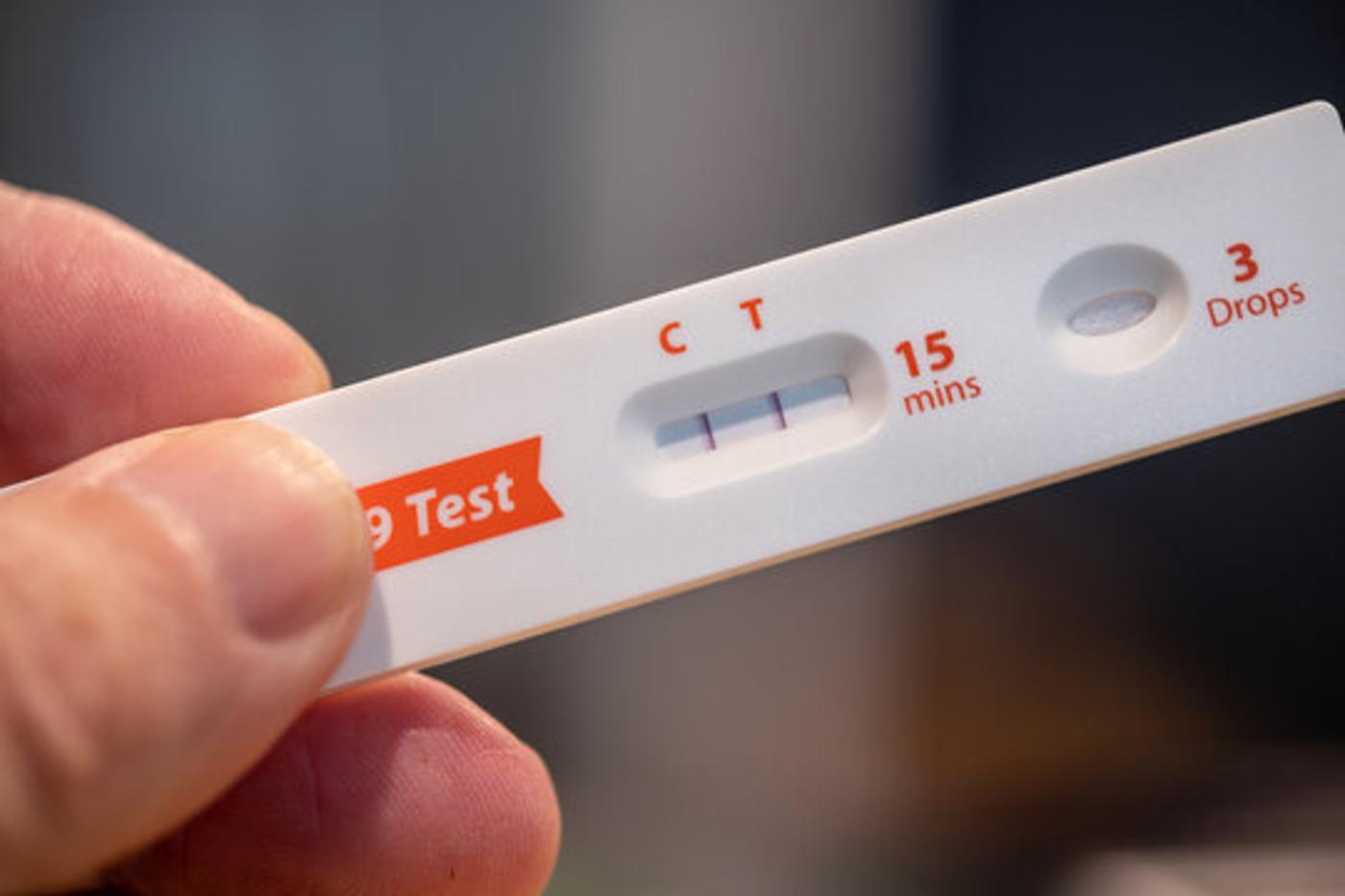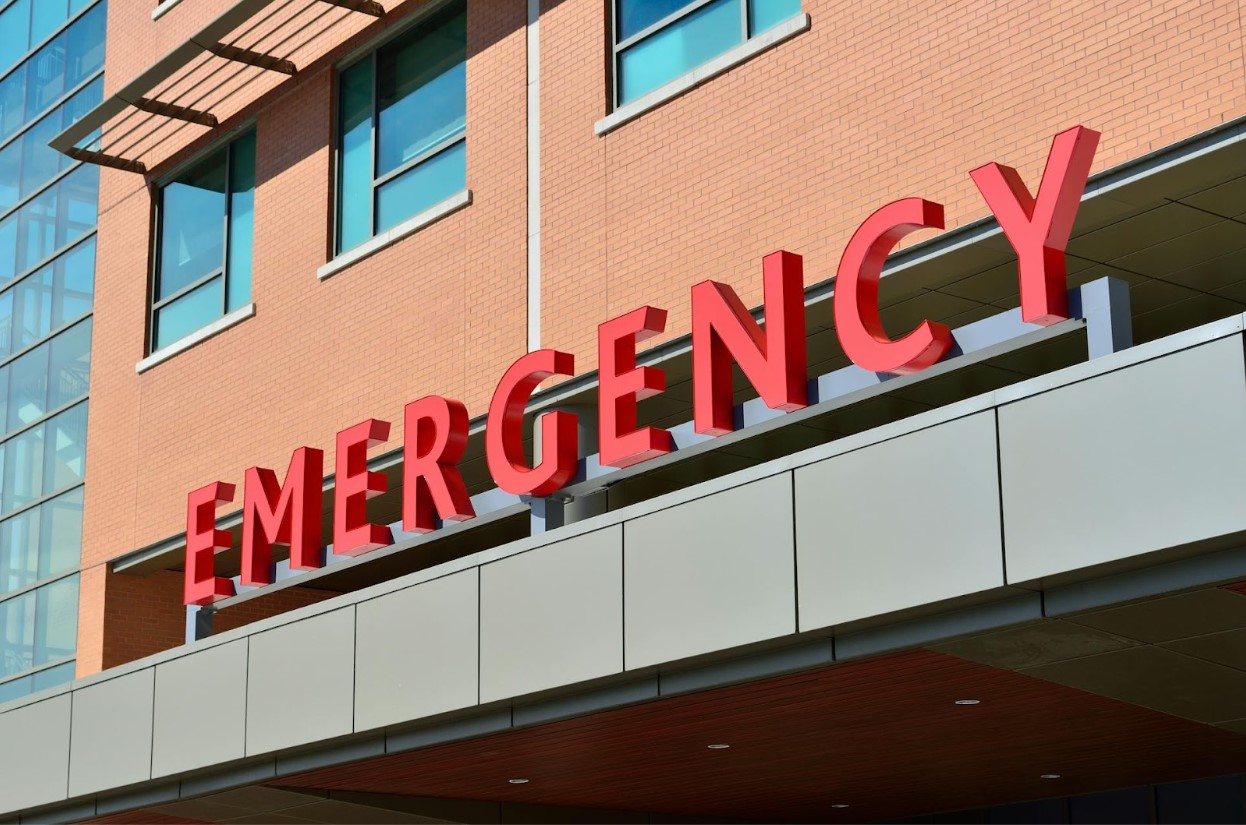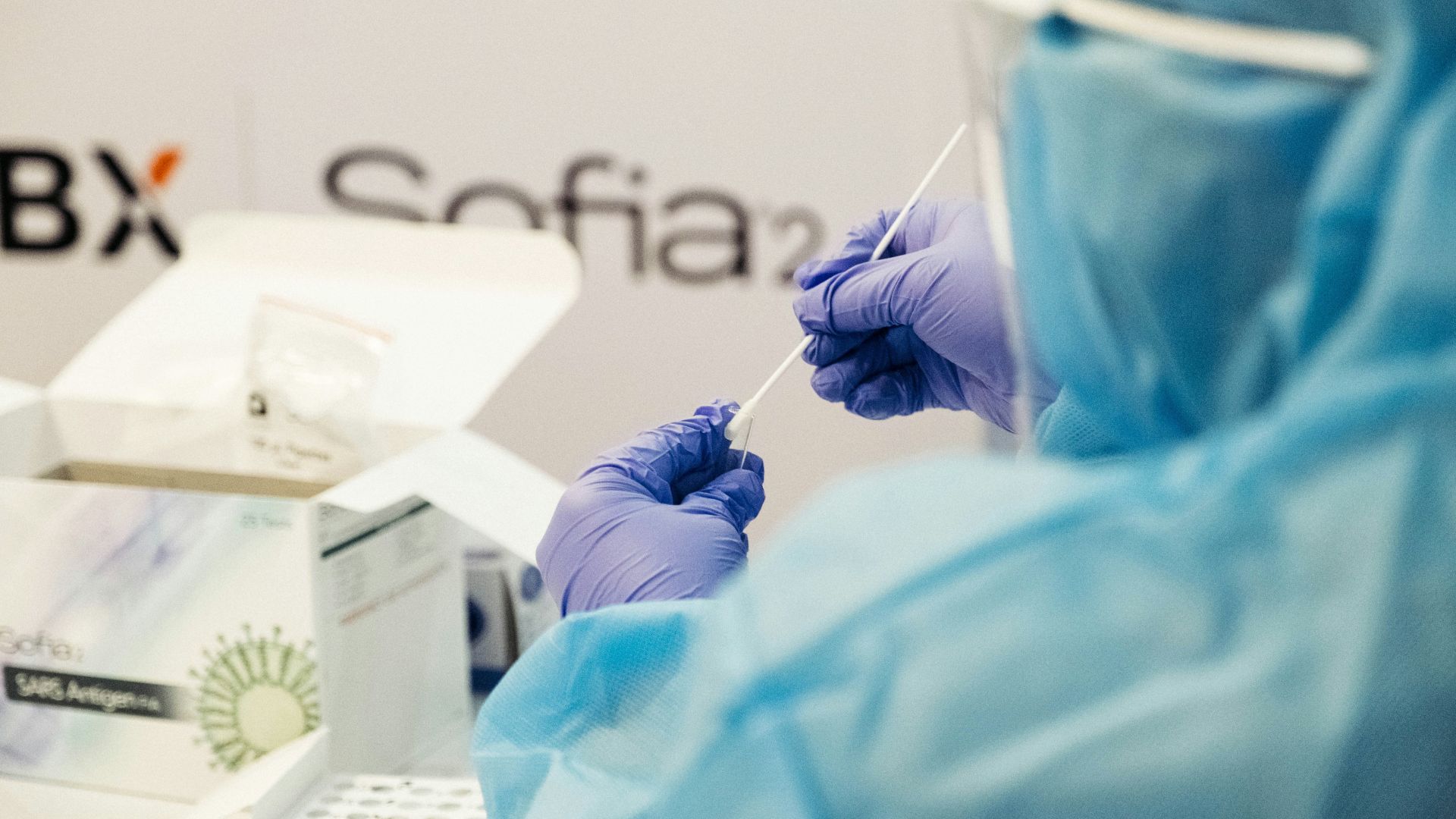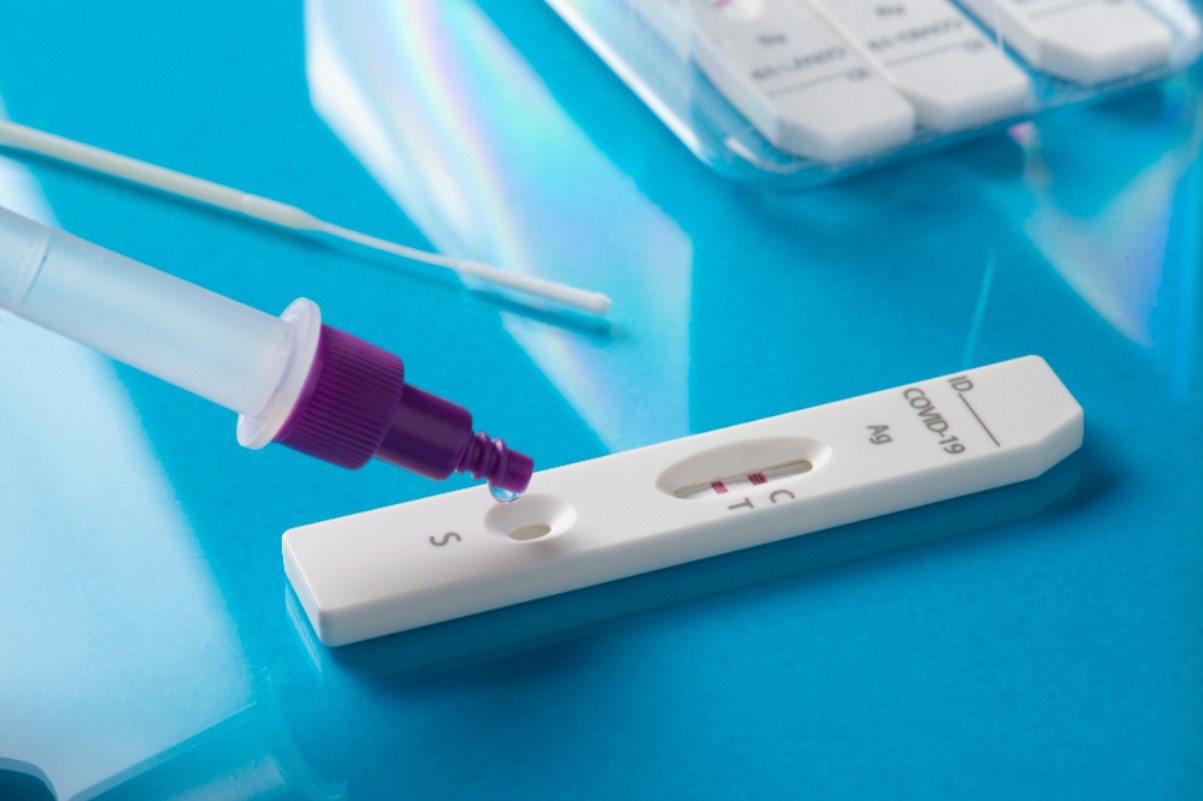Coronavirus levels have surged significantly in California’s wastewater, reaching “very high” levels for the first time since winter.
As of July 6, California joins six other states in this concerning category. This spike in wastewater measurements signals a growing summer wave, with Northern California’s major sewersheds in San Jose and Palo Alto reporting high virus levels.
Increasing Test Positivity Rates

According to the CDC, the rate of positive COVID-19 tests in California has soared. For the week ending July 8, 13% of reported tests came back positive, nearly matching last summer’s peak of 13.1%.
This sharp rise from 4.8% a month earlier highlights the growing presence of the virus in the state, emphasizing the need for vigilance and preventive measures.
Los Angeles County: A Hotspot

Los Angeles County, the most populous county in the nation, has seen a significant jump in coronavirus levels. Wastewater data shows a rise from 17% of last winter’s peak to 27% by June 29.
Additionally, the county’s COVID-19 cases have increased from an average of 121 daily cases in early June to 307 by July 7, indicating a rapid escalation in infections.
Emergency Room Visits Climb

The percentage of coronavirus-related emergency room visits in L.A. County is also on the rise. For the week ending July 7, 2.5% of ER visits were due to COVID-19, up from 1.5% a month earlier.
Last summer’s peak was 5.1% in late August, reflecting a concerning trend as the virus spreads more aggressively.
Earlier Midyear Spike

This year’s midyear increase in COVID-19 cases began earlier than usual, starting in May.
Previous years saw this bump in early July, except for 2022 when it began in May.
New York City Responds

Amid rising cases, New York City’s Department of Health and Mental Hygiene has urged residents to consider wearing masks again.
In a recent social media post, the agency recommended masking up, especially in crowded indoor settings and for higher-risk individuals. This proactive step aims to curb the spread of the virus as cases increase.
The Ascendant FLiRT Subvariants

A new class of subvariants called FLiRT is driving the current surge. These subvariants are estimated to be 20% more transmissible than the winter’s dominant subvariant.
For the two-week period ending July 6, FLiRT subvariants made up 70.5% of COVID-19 specimens nationwide, up from 54.9% a month earlier.
Nationwide Trends

The CDC reported no states where the summer COVID wave is declining or probably declining. Forty-four states and Washington, D.C. are seeing growth or probable growth in cases, highlighting a widespread resurgence.
Only Hawaii, New Mexico, and Oregon have stable or uncertain trends, emphasizing the broad impact of this wave.
Underreporting of Cases

Officially reported cases likely underestimate the true number of infections. Many people are using at-home tests or not testing at all when symptomatic.
Despite this undercount, reported cases still provide valuable insights into overall trends and the need for ongoing public health efforts.
Monitoring and Preparedness

Health officials nationwide are closely monitoring the situation. From coast to coast, efforts are being made to track and respond to the rising cases.
This includes increased testing, wastewater monitoring, and public health advisories to ensure communities are informed and prepared.
Hospitalizations on the Rise

In addition to rising cases, hospitalizations for COVID-19 are also increasing. This trend shows the severity of the current wave and the strain it places on healthcare systems.
Health officials continue to emphasize the importance of preventive measures and vaccination to mitigate severe outcomes.
Looking Ahead

As the summer progresses, the trajectory of the COVID-19 wave remains uncertain.
Public health officials are urging continued vigilance and adherence to recommended guidelines to manage the spread.








































